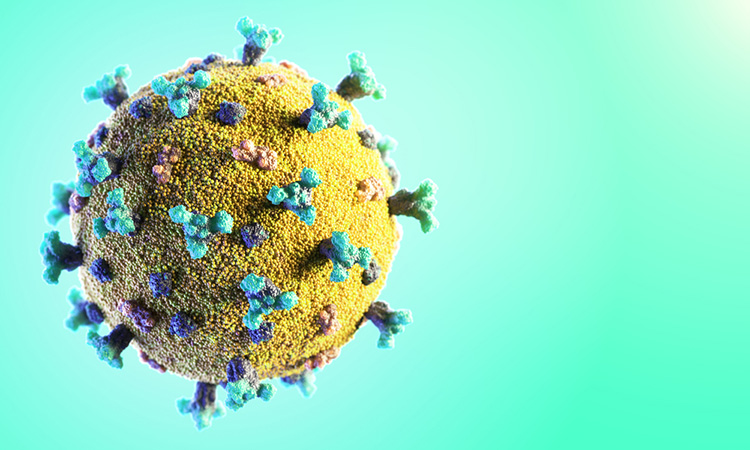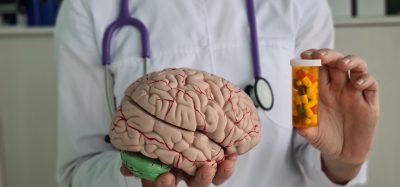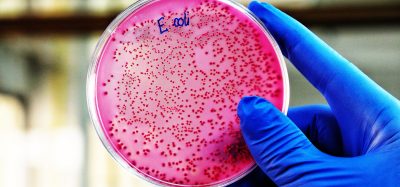Targeting Nsp1 protein could be a pathway for COVID-19 therapy
Posted: 17 February 2021 | Victoria Rees (Drug Target Review) | No comments yet
A study has shown that targeting the protein Nsp1 can inhibit genes for viral replication, which could lead to new COVID-19 treatments.


A study has identified how targeting a coronavirus protein called Nsp1 can block the activity of genes that promote viral replication, providing hope for new COVID-19 treatments. The research was conducted at the University of Texas (UT) Southwestern Medical Centre, US.
“When a virus infects a cell, the way the host cell reacts is to alter cellular pathways (or networks) in certain ways to counteract the viral infection. Viruses can target many of these pathways to favour their own replication,” said Professor Beatriz Fontoura, corresponding author of the paper.
Viruses replicate by suppressing the host cell’s genes; one way they do this is by blocking the export of messenger RNA (mRNA) from the nucleus of the cell to another compartment called the cytoplasm. By blocking their export from the nucleus, viruses prevent some proteins from being made (eg, antiviral proteins) and free up the cell’s machinery for their own replication.
“We have been studying the NS1 protein of the influenza virus and we have shown that one of its functions is to block mRNA nuclear export. Due to some similarities between NS1 from flu and Nsp1 from coronaviruses in their roles in suppressing antiviral response in the host cell, we decided to test whether these two proteins shared a similar function,” said Dr Ke Zhang, first author of the paper.
The researchers studied the protein Nsp1 – coronavirus Nsp1 has been described as a multifunctional protein capable of altering viral replication and suppressing the production of other proteins, some of which are involved in COVID-19 immune response. The team investigated how Nsp1 does this and if it uses a mechanism similar to that of the influenza virus protein NS1.
The group found that like NS1 from influenza, SARS-CoV-2 Nsp1 inhibits host cell mRNA nuclear export by binding to the export factor NXF1. This new role of Nsp1 complements the protein’s other function, blocking host cell mRNA translation into protein. By obstructing two steps that lead to the production of proteins, Nsp1 suppresses a cell’s ability to respond to the viral infection, allowing SARS-CoV-2 to replicate.
In a proof-of-principle experiment, the researchers infected cells with SARS-CoV-2 and added an excess of NXF1 to see if this would block virus replication. They found that when the cells had access to more NXF1 than the SARS-CoV-2 virus could suppress, the cells were able to stop the virus from multiplying.
According to the team, the study offers insight into the mechanism behind how coronaviruses and SARS-CoV-2 in particular are able to promote their replication inside host cells. Understanding this mechanism provides a building block for potential therapeutics.
“If you find a way to block the interaction between Nsp1 and NXF1 or increase the amount of NXF1 in the cell, you will get mRNAs out of the nucleus and may get a protective effect, as suggested by our experiments,” said Fontoura.
“We still need to know more, like the structure of Nsp1 bound to NXF1, which would shed light on how this blocks mRNA export and how we can revert it,” said Zhang. “The research is promising, but in order to develop therapies down the line, we first need to better understand the mechanism.”
The study on COVID-19 is published in Science Advances.
Related topics
Drug Targets, Protein, Proteomics, RNAs, Targets
Related conditions
Covid-19
Related organisations
University of Texas Southwestern (UT Southwestern)
Related people
Dr Ke Zhang, Professor Beatriz Fontoura








